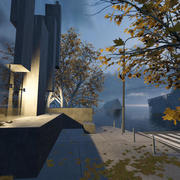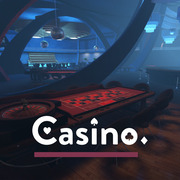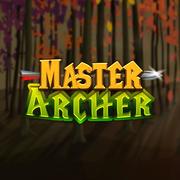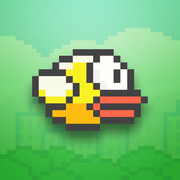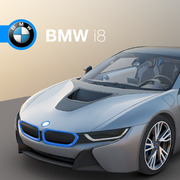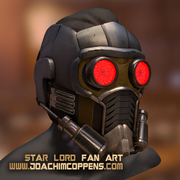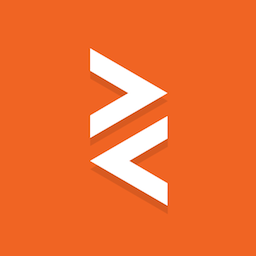
Docs | Examples | Forum | Blog
PlayCanvas is an open-source game engine. It uses HTML5 and WebGL to run games and other interactive 3D content in any mobile or desktop browser.
Many games and apps have been published using the PlayCanvas engine. Here is a small selection:
You can see more games on the PlayCanvas website.
PlayCanvas is used by leading companies in video games, advertising and visualization such as:
Animech, Arm, BMW, Disney, Facebook, Famobi, Funday Factory, IGT, King, Miniclip, Leapfrog, Mojiworks, Mozilla, Nickelodeon, Nordeus, NOWWA, PikPok, PlaySide Studios, Polaris, Product Madness, Samsung, Snap, Spry Fox, Zeptolab, Zynga
PlayCanvas is a fully featured game engine.
- 🧊 Graphics - Advanced 2D + 3D graphics engine built on WebGL 1 & 2.
- 🏃 Animation - Powerful state-based animations for characters and arbitrary scene properties
- ⚛️ Physics - Full integration with 3D rigid-body physics engine ammo.js
- 🎮 Input - Mouse, keyboard, touch, gamepad and VR controller APIs
- 🔊 Sound - 3D positional sounds built on the Web Audio API
- 📦 Assets - Asynchronous streaming system built on glTF 2.0, Draco and Basis compression
- 📜 Scripts - Write game behaviors in Typescript or JavaScript
Here's a super-simple Hello World example - a spinning cube!
<!DOCTYPE html>
<html>
<head>
<meta charset="utf-8">
<title>PlayCanvas Hello Cube</title>
<meta name='viewport' content='width=device-width, initial-scale=1, maximum-scale=1, minimum-scale=1, user-scalable=no' />
<style>
body {
margin: 0;
overflow: hidden;
}
</style>
<script src='https://code.playcanvas.com/playcanvas-stable.min.js'></script>
</head>
<body>
<canvas id='application'></canvas>
<script>
// create a PlayCanvas application
const canvas = document.getElementById('application');
const app = new pc.Application(canvas);
// fill the available space at full resolution
app.setCanvasFillMode(pc.FILLMODE_FILL_WINDOW);
app.setCanvasResolution(pc.RESOLUTION_AUTO);
// ensure canvas is resized when window changes size
window.addEventListener('resize', () => app.resizeCanvas());
// create box entity
const box = new pc.Entity('cube');
box.addComponent('model', {
type: 'box'
});
app.root.addChild(box);
// create camera entity
const camera = new pc.Entity('camera');
camera.addComponent('camera', {
clearColor: new pc.Color(0.1, 0.1, 0.1)
});
app.root.addChild(camera);
camera.setPosition(0, 0, 3);
// create directional light entity
const light = new pc.Entity('light');
light.addComponent('light');
app.root.addChild(light);
light.setEulerAngles(45, 0, 0);
// rotate the box according to the delta time since the last frame
app.on('update', dt => box.rotate(10 * dt, 20 * dt, 30 * dt));
app.start();
</script>
</body>
</html>Want to play with the code yourself? Edit it on CodePen.
Ensure you have Node.js installed. Then, install all of the required Node.js dependencies:
npm install
Now you can run various build options:
| Command | Description | Outputs |
|---|---|---|
npm run build |
Build release, debug and profiler engines | build\playcanvas[.dbg/.prf].js |
npm run tsd |
Build engine Typescript bindings | build\playcanvas.d.ts |
npm run docs |
Build engine API reference docs | docs |
Pre-built versions of the engine are also available.
Latest development release (head revision of dev branch):
- https://code.playcanvas.com/playcanvas-latest.js
- https://code.playcanvas.com/playcanvas-latest.min.js
Latest stable release:
- https://code.playcanvas.com/playcanvas-stable.js
- https://code.playcanvas.com/playcanvas-stable.min.js
Specific engine versions:
- https://code.playcanvas.com/playcanvas-1.38.4.js
- https://code.playcanvas.com/playcanvas-1.38.4.min.js
To build the source map to allow for easier engine debugging, you can add -- -m to any engine build command. For example:
npm run build -- -m
This will output to build/playcanvas.js.map
Note: The preprocessor is ignored when generating the source map as it breaks the mapping. This means that all debug and profiling code is included in the engine build when generating the source map.
The PlayCanvas Engine is an open source engine which you can use to create HTML5 apps/games. In addition to the engine, we also make the PlayCanvas Editor:
For Editor related bugs and issues, please refer to the Editor's repo.





